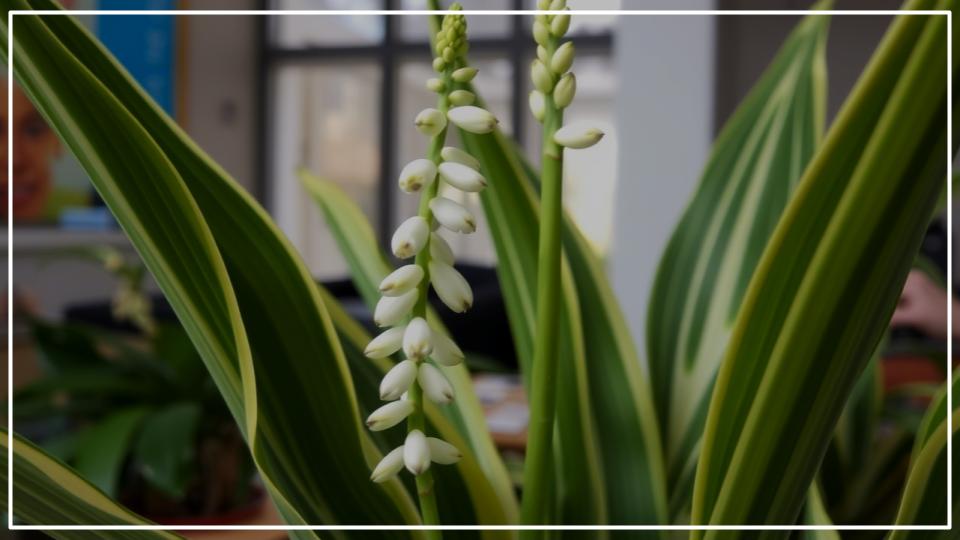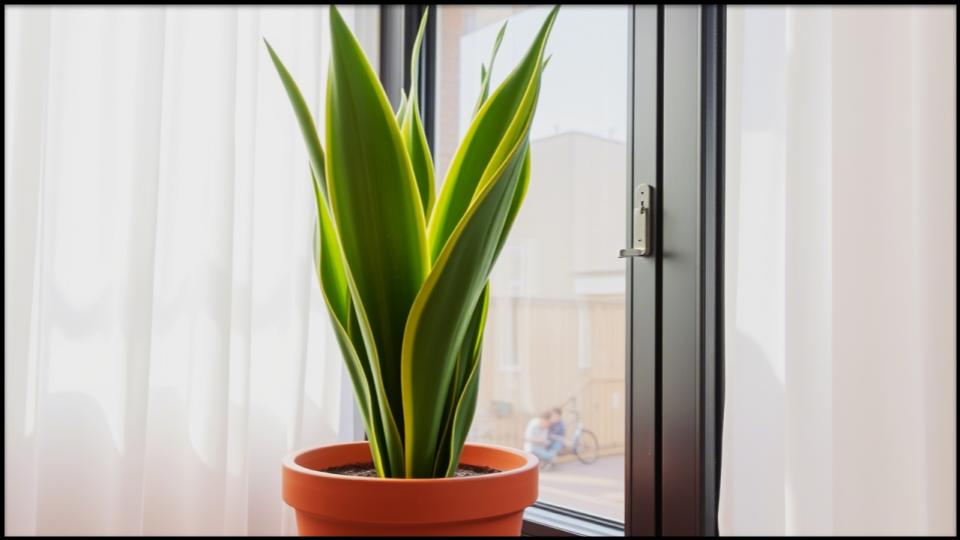For every hundred people who own a snake plant, perhaps one has ever seen it flower. It’s one of gardening’s best-kept secrets, a rare and beautiful event that most people assume is impossible for a common houseplant. But I’m here to tell you the snake plant bloom is very real, and it’s a spectacular reward for the patient and observant gardener. Its appearance is a sign that you’ve gone beyond simply keeping your plant alive and have created an environment where it can truly thrive.

This article is your complete guide to unlocking that potential. We’ll delve into the fascinating science of why these hardy plants decide to flower, and I’ll share the exact steps and subtle nudges you can provide to encourage your own Dracaena trifasciata (formerly Sansevieria trifasciata) to produce its wonderfully fragrant, delicate blossoms. Get ready to see this architectural favorite in a whole new light.
Quick Tips for a Blooming Snake Plant
Here’s what you need to know to encourage a snake plant bloom:
- Give It More Light: Move your plant from a low-light corner to a spot with bright, indirect sun for most of the day. An east-facing window is ideal.
- Embrace Benign Neglect: Let the soil dry out completely between waterings and allow the plant to become slightly root-bound in its pot. A comfortable plant rarely blooms.
- Age Before Beauty: Only mature snake plants will flower, so patience is paramount. Don’t expect blooms from a young or newly propagated plant.
- Feed for Flowers: During the growing season, use a diluted, balanced houseplant fertilizer that is lower in nitrogen and higher in phosphorus to encourage buds instead of just leaf growth.
The Allure of the Sansevieria Bloom
So, what exactly are we working towards? A snake plant bloom is a surprisingly delicate and elegant affair that stands in beautiful contrast to the plant’s bold, architectural leaves. When the conditions are right, the plant will send up a tall, slender stalk from its base. This stalk becomes adorned with dozens of small, tubular, greenish-white or cream-colored flowers.
But the real magic happens at night. The flowers open after dusk and release an intense, sweet fragrance often compared to jasmine or honeysuckle. They also produce sticky, sweet-smelling nectar that you can see glistening on the blossoms. In my own home, the scent from a single blooming stalk can perfume an entire room—it’s an unforgettable experience. This flowering event is the plant’s reproductive cycle in action, a rare and beautiful spectacle for the indoor gardener.
Why Most Snake Plants Never Flower: The Comfort Paradox
The number one reason most people never see a sansevieria bloom is that they are, frankly, too good at caring for it in a conventional way. Snake plants are famous for their ability to tolerate low light, infrequent watering, and general neglect. They thrive in conditions that would spell disaster for other houseplants.
However, a plant that is perfectly comfortable—with ample room for its roots, consistent moisture, and low light—has no biological incentive to spend energy on reproduction. It’s living a good life! According to horticultural experts at university extensions like the University of Florida, flowering is often a response to mild environmental stress. The plant senses that its conditions are becoming less than ideal and makes a bid to create seeds and ensure its survival. Our goal, therefore, is not to harm the plant, but to simulate the specific, gentle stresses that tell it, “It’s time to flower.”

How to Make Your Snake Plant Flower: A Gardener’s Guide
Patience is the secret ingredient, but you can create the perfect storm of conditions to encourage a bloom. I’ve found that this specific combination of care adjustments, applied over a growing season, gives the best chance of success.
1. Let There Be Abundant, Indirect Light
This is the most crucial adjustment. While your snake plant survives in a dim corner, it will only have the energy to bloom in a much brighter location.
- The Goal: Move your plant to a spot where it receives at least 4-6 hours of bright, indirect sunlight each day. An unobstructed east-facing window is my personal gold standard, providing gentle morning sun. A west- or south-facing window with a sheer curtain to diffuse the harsh afternoon light also works beautifully.
- Expert Tip: If you see the leaves starting to yellow or develop scorched spots, the light is too direct. You’re looking for brightness, not a bake.
2. Master the Art of a Little Stress
This is where “benign neglect” comes into play. You need to convince your plant that life isn’t quite as easy as it seems.
- Embrace a Root-Bound State: A snake plant that has filled its pot with roots is far more likely to flower. The slight constriction signals to the plant that its territory is limited. Resist the urge to repot your mature snake plant every year. Once every two to three years is plenty, or when you see roots actively pushing out of the drainage holes.
- Perfect Your Watering Cadence: This is critical. You must allow the soil to dry out completely—and I mean all the way to the bottom of the pot—before watering again. For a medium-sized pot, this could mean watering as infrequently as once every 3-6 weeks, depending on your home’s humidity and light. This wet-and-dry cycle mimics its natural habitat.
3. Feed for Flowers, Not Just Foliage
When you do fertilize, choose your formula wisely. Standard houseplant foods are often high in nitrogen, which promotes lush, green leaf growth. For blooms, you want to shift the focus.
- What to Use: During the spring and summer growing season, use a balanced, liquid houseplant fertilizer diluted to half-strength. Look for one where the three numbers (N-P-K) are relatively even, or where the middle number (Phosphorus – P) is slightly higher. Phosphorus is the nutrient most directly involved in flower production.
- When to Feed: Apply this diluted fertilizer once a month from spring through late summer, and then stop completely during the fall and winter to allow the plant a natural period of rest.
What to Do When It Finally Happens
Once you see that flower stalk emerge, congratulations! Your patience has paid off. At this point, simply continue your excellent care routine. Do not suddenly change the plant’s location or watering schedule. The flowers can last for several weeks, opening and closing each day. Be sure to check for the sticky nectar, which is a sign of a healthy, happy bloom. Once the flowers fade, you can trim the stalk all the way down to the base with a clean, sharp pair of pruners.
A Final Word of Encouragement
Seeing a snake plant bloom is a true gardener’s delight, a subtle nod from nature that you’ve done everything right. It transforms a familiar, stoic plant into something unexpectedly graceful and fragrant. By patiently adjusting its light, allowing it a bit of the “tough love” it secretly craves, and giving it time to mature, you create the perfect stage for the show.
Now you have the secrets. Head over to your snake plant, assess its spot, and begin the rewarding journey of coaxing out its beautiful, hidden flowers. It is a slow, quiet, and deeply satisfying process—the very best kind of gardening.
Read More
12 Houseplants That Actually Love Being Root-Bound—And Why You Shouldn’t Repot Them
